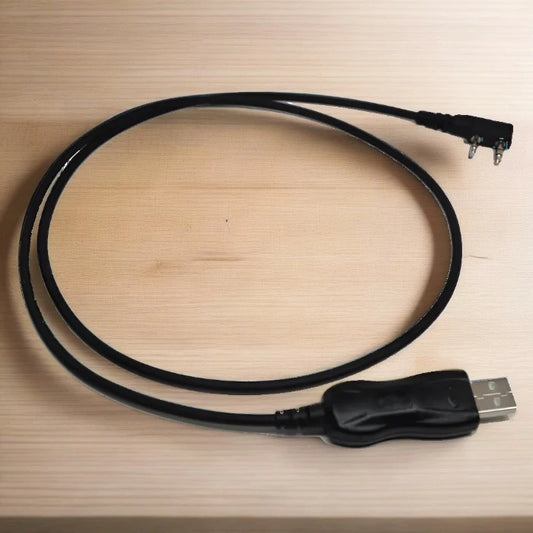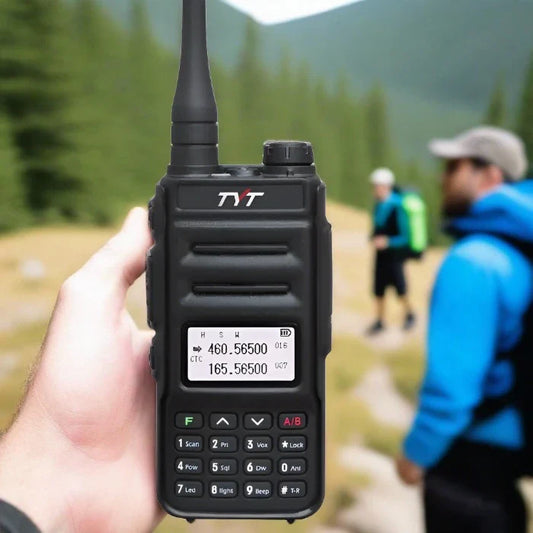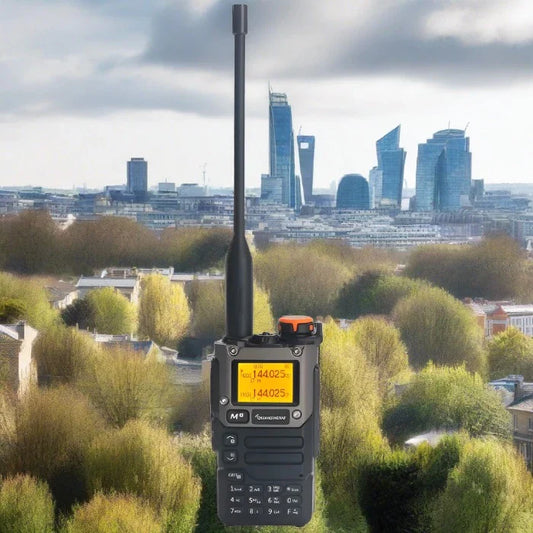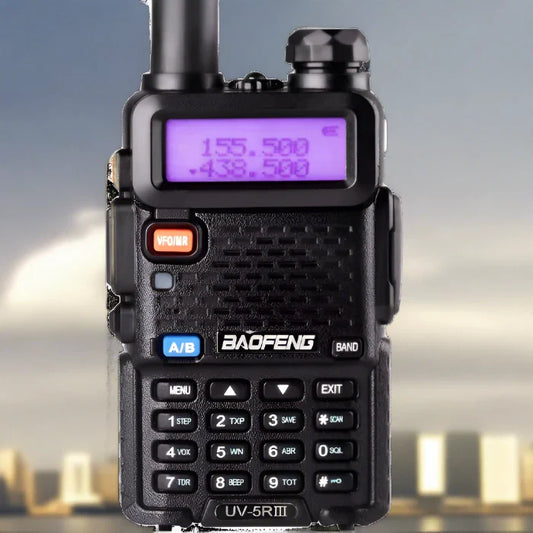DX to Disaster: How Space Weather Rules Your Radio Propagation 📻☀️
For amateur radio operators and shortwave listeners, making a distant contact (DX) is the ultimate thrill. But for every successful skip, there's a band that seems to disappear completely. The invisible force behind these propagation changes? Space weather. Understanding the chaotic, powerful influence of the Sun on our atmosphere is the key to mastering your radio hobby.
The Ionosphere: Your Sky-High Reflector
Long-distance radio communication, particularly in the High-Frequency (HF) bands (3 to 30 MHz), relies on skywave propagation. This is where radio waves are bent, or refracted, back toward Earth by the ionosphere—a layer of the upper atmosphere that is super-charged with ions and free electrons due to the Sun's ultraviolet (UV) and X-ray radiation. Think of the ionosphere as your giant, natural radio mirror in the sky.
The ionosphere isn't a single, uniform layer; it's a dynamic structure divided into regions based on altitude and electron density:
- D-Layer (50-90 km): This is the lowest layer and a serious concern for HF operators during the day. It's an absorber of radio energy, especially on the lower HF bands (like 80m and 40m). This absorption is why these bands become quiet during the day but "open up" for DX at night after the D-layer dissipates.
- E-Layer (90-140 km): A mid-level layer that provides short-to-medium distance skip on mid-HF bands. Most famously, it's the source of Sporadic-E (Es), which forms unpredictable, intensely ionized clouds that can provide spectacular, often sudden, long-distance communication into the VHF bands, such as 6 meters.
- F-Layer (140-600+ km): This is the DX workhorse. It’s the highest and most stable layer, often splitting into F1 and F2 sub-layers during the day and recombining at night. The high altitude and slow recombination rate of ions mean it remains reflective 24 hours a day, making transcontinental contacts possible.
The strength and density of these layers, and thus your ability to make DX contacts, are directly linked to the Sun's activity, which follows an approximate 11-year solar cycle. More sunspots generally mean more UV and X-ray radiation, which means a denser, more highly ionized F-layer that can refract higher frequencies, opening up the 10-meter, 12-meter, and even 6-meter bands for global DX.
The Sun’s Power Moves: Flares, CMEs, and Storms
While the solar cycle dictates long-term trends, sudden events from the Sun—space weather—can instantly shift propagation from fantastic to futile.
1. Solar Flares and Radio Blackouts
A solar flare is an intense burst of electromagnetic radiation (X-rays) from the Sun. Traveling at the speed of light, these X-rays hit the Earth's atmosphere in about 8 minutes. The effect is immediate and devastating for the daylight side of the Earth:
- D-Layer Enhancement: The X-rays cause a massive increase in ionization in the D-layer.
- HF Blackout: This enhanced D-layer acts like a sponge, absorbing all HF radio signals attempting to pass through to the reflective F-layer. The bands can go completely dead, a phenomenon known as a Radio Blackout (or Sudden Ionospheric Disturbance, SID). These can last minutes to hours, wiping out all shortwave communications on the sunlit side of the planet.
2. Coronal Mass Ejections (CMEs) and Geomagnetic Storms
A Coronal Mass Ejection (CME) is a much larger eruption, sending a massive cloud of charged particles (plasma) hurtling into space. These particles are slower than a flare's X-rays, taking 1 to 3 days to reach Earth.
When a CME hits our planet's magnetic field, it causes a geomagnetic storm. This storm dramatically disturbs the ionosphere, particularly at higher latitudes:
- F-Layer Scattering: Instead of cleanly refracting signals, the disturbed F-layer becomes turbulent, scattering signals and introducing rapid fading (QSB) and noise.
- Polar Path Disruption: Paths that cross the Earth’s polar regions are severely degraded or shut down entirely, as the storm energy is funneled directly to the poles.
- Aurora: On the plus side, a strong geomagnetic storm can lead to magnificent aurora displays, which sometimes enables a rare form of radio propagation called auroral-E on VHF bands.
Your Propagation Dashboard: Decoding the Numbers
Smart operators don't wait for the bands to die; they watch the space weather forecast. Key indices to monitor include:
| Index | What it Measures | Ham Translation | Best for DX | Worst for DX |
|---|---|---|---|---|
| SFI (Solar Flux Index) | Radio emissions from the Sun. | How strong the ionosphere is. | High (>150) | Low (<70) |
| K-Index | Geomagnetic field disturbance (0 to 9). | How "bumpy" the ionosphere is. | Low (0-2) | High (5+) |
| A-Index | Average geomagnetic activity over 24 hours. | Longer-term geomagnetic calmness. | Low (<7) | High (>25) |
| X-Ray Class | Intensity of solar flares ( A→X). | Potential for D-layer blackout. | A or B | M or X |
By keeping an eye on these numbers (easily found on various online space weather resources), you can make informed decisions: if the SFI is high, try the higher bands (15m, 10m); if the K-Index is high, avoid polar paths and stick to lower bands at night.
The constant drama of space weather is what makes DXing an enduring challenge. By understanding the science of the ionosphere and monitoring the Sun's mood, you turn a frustrating variable into a predictable tool, ensuring you're always ready to catch the next trans-global skip.









